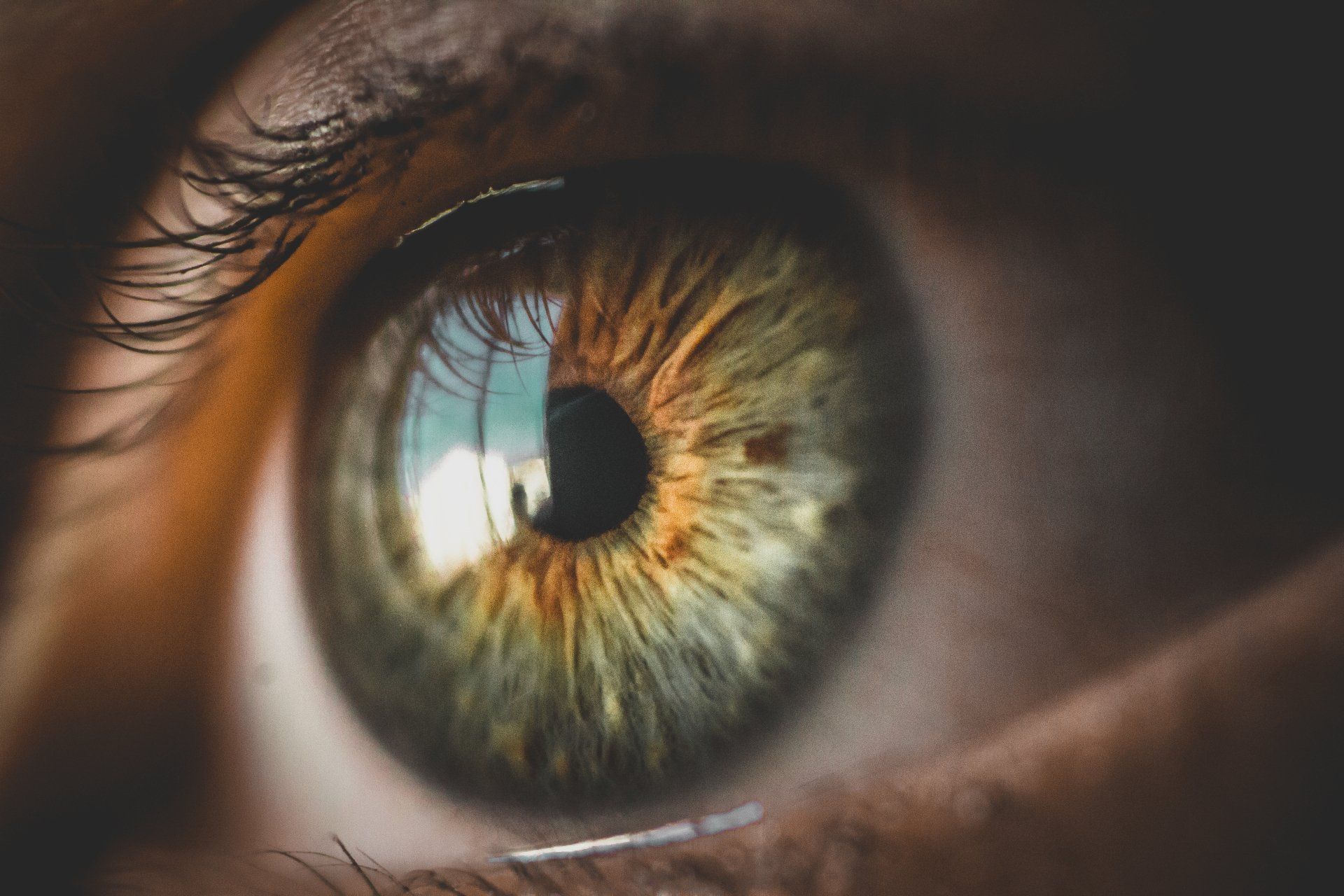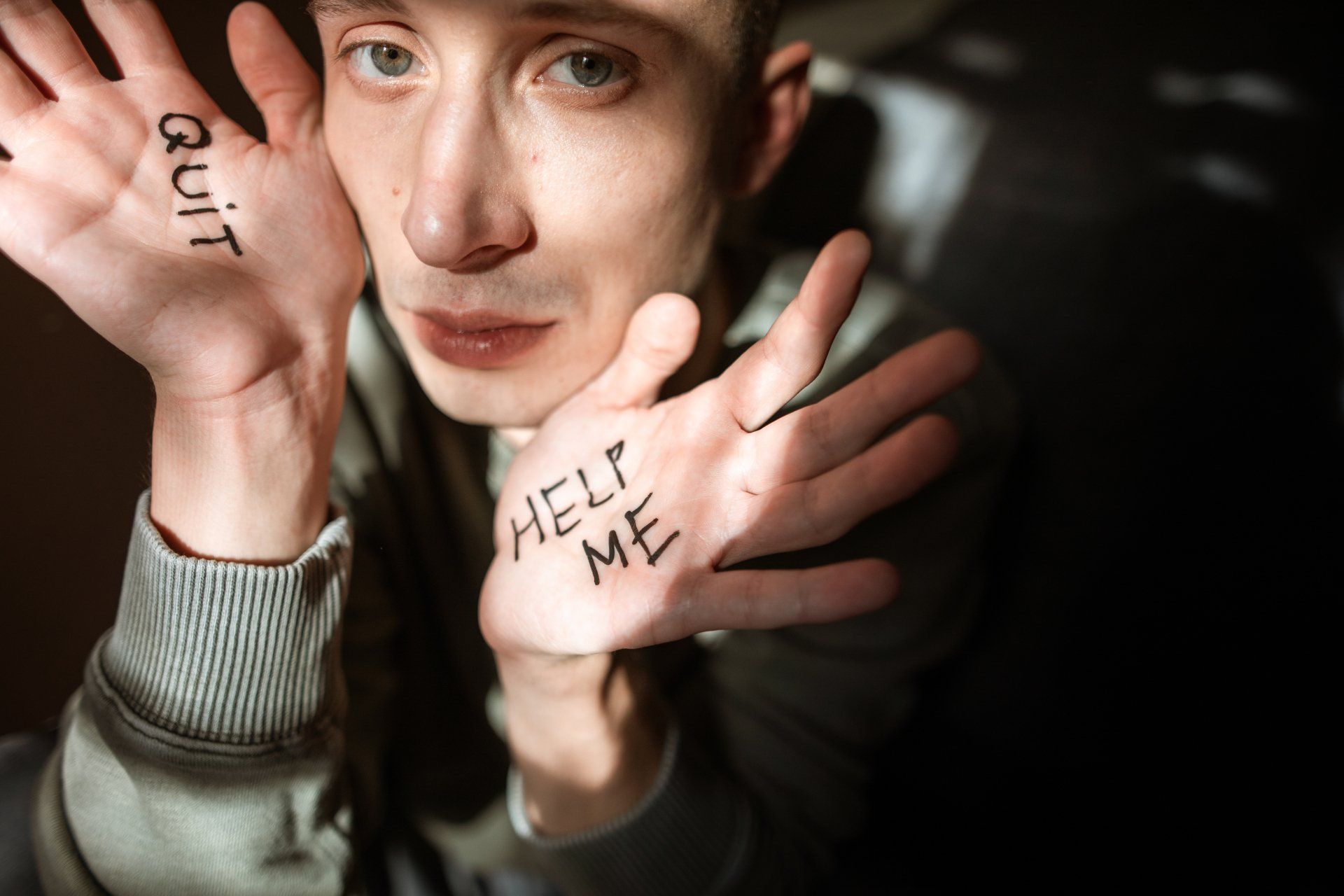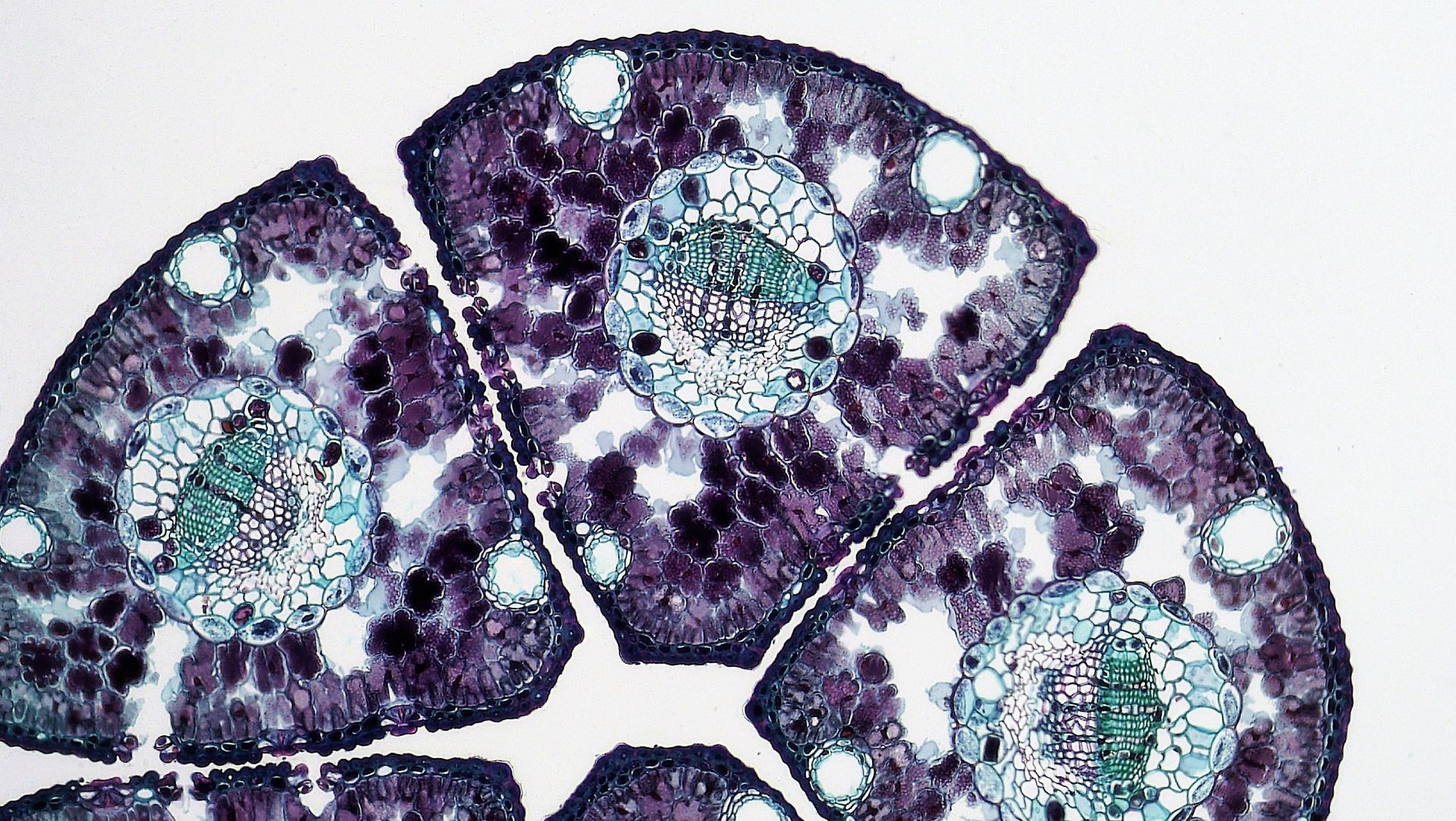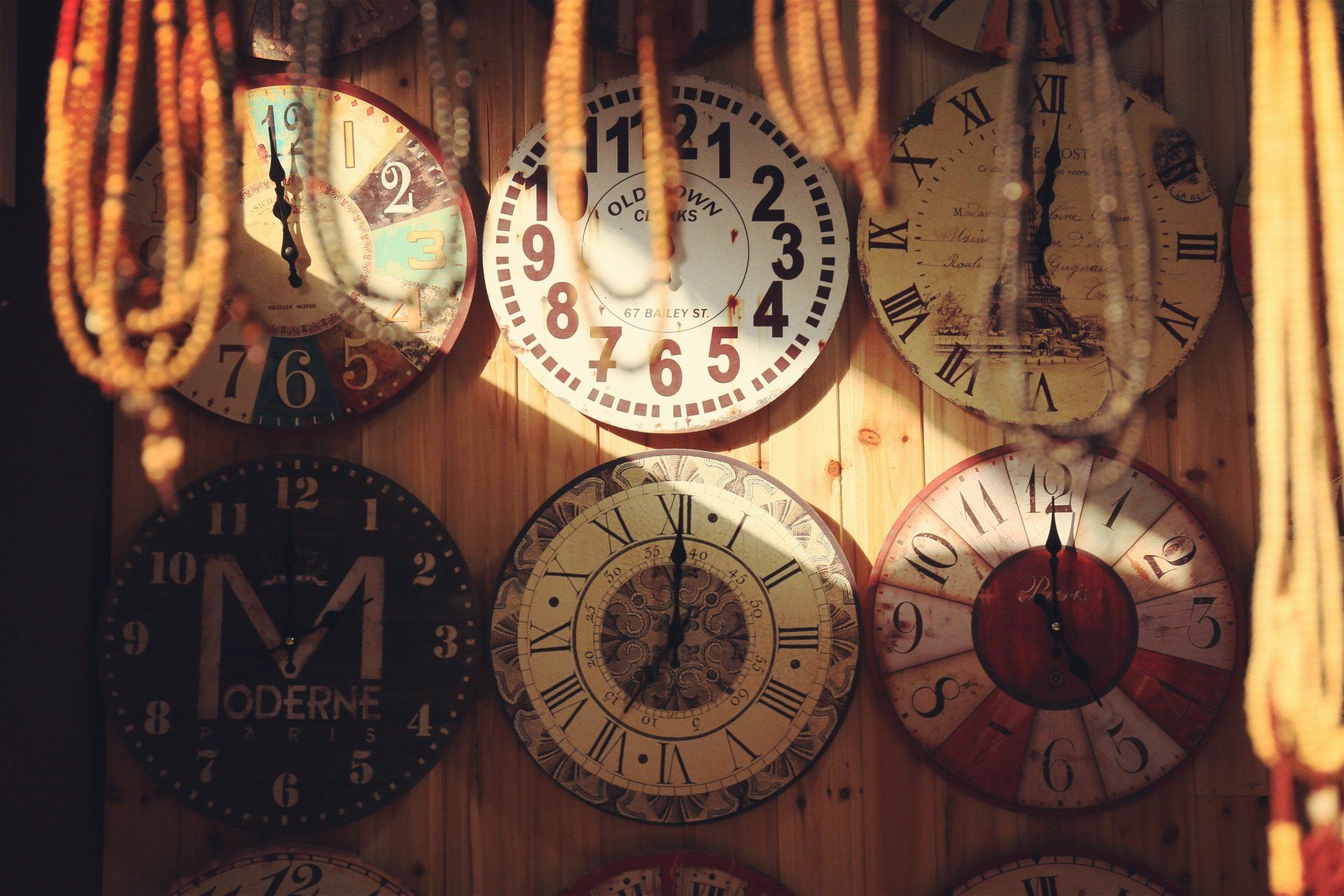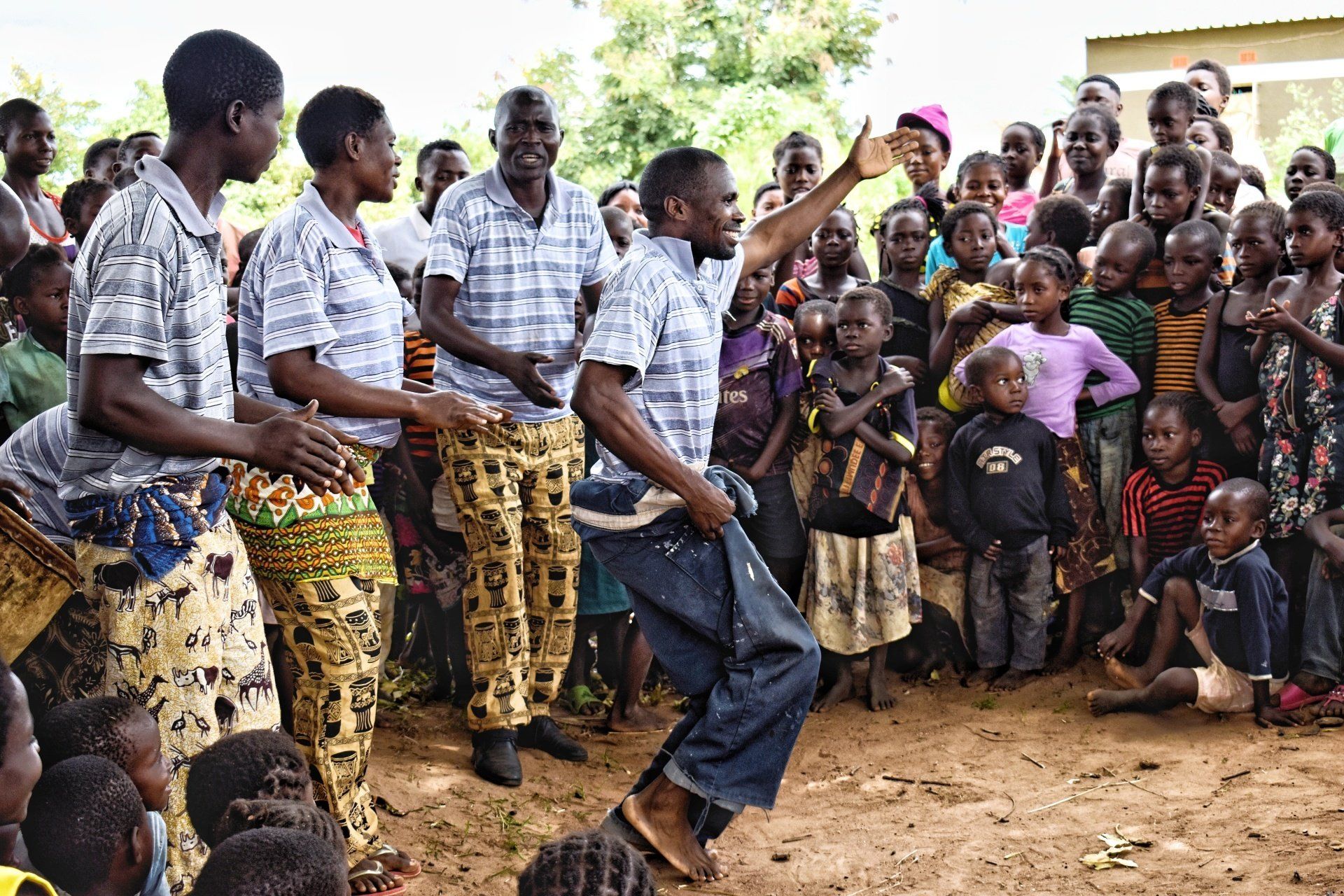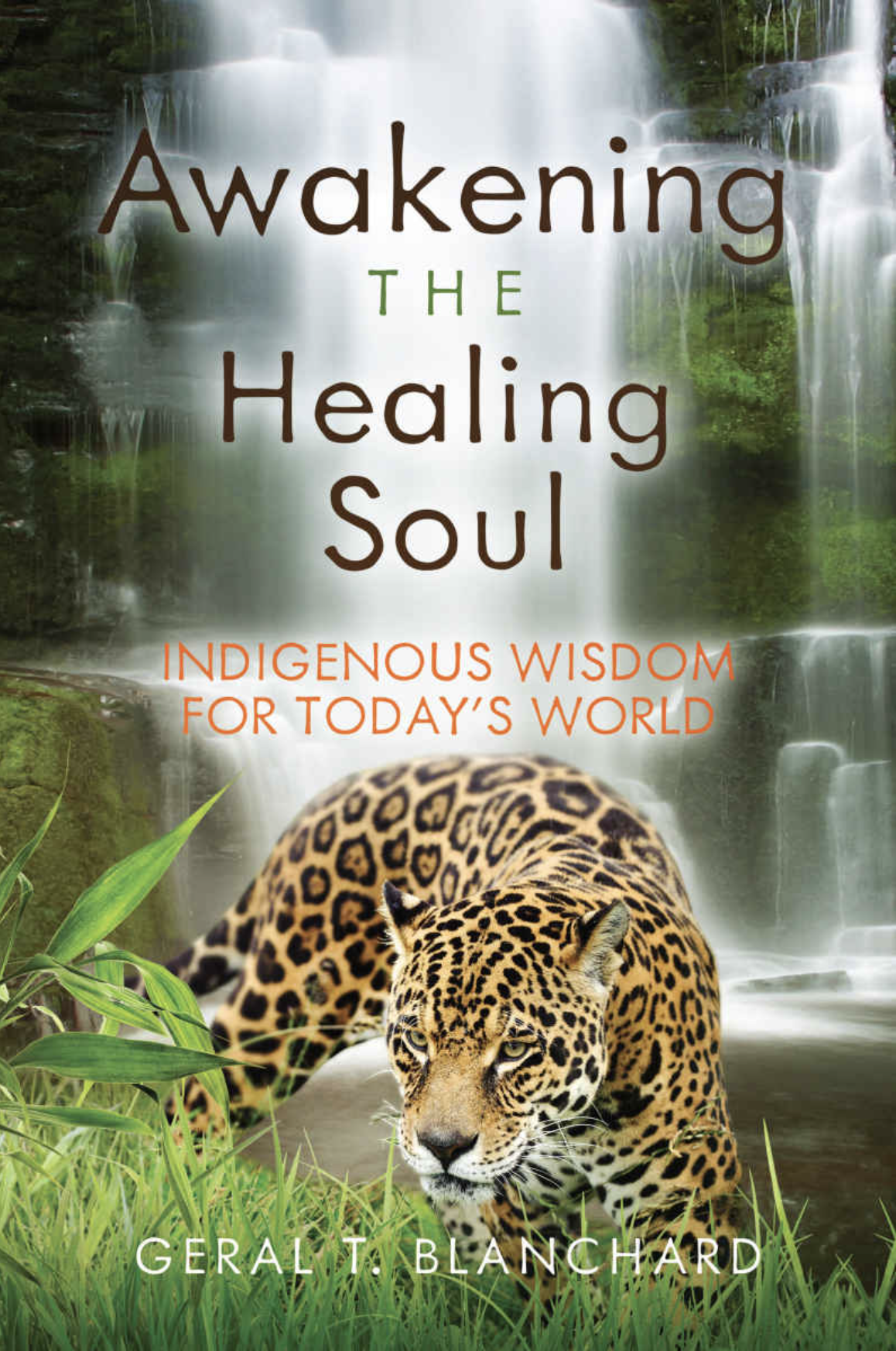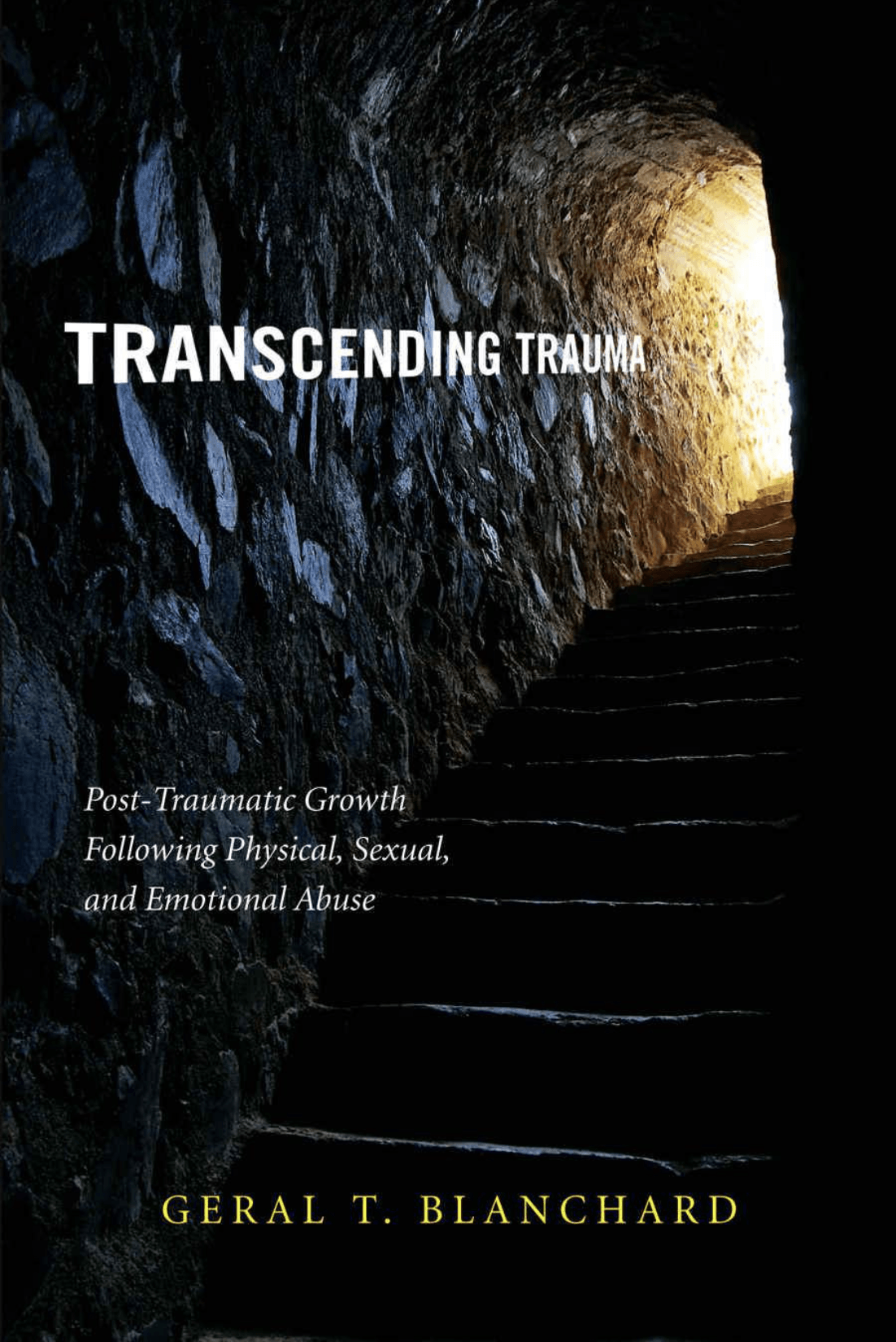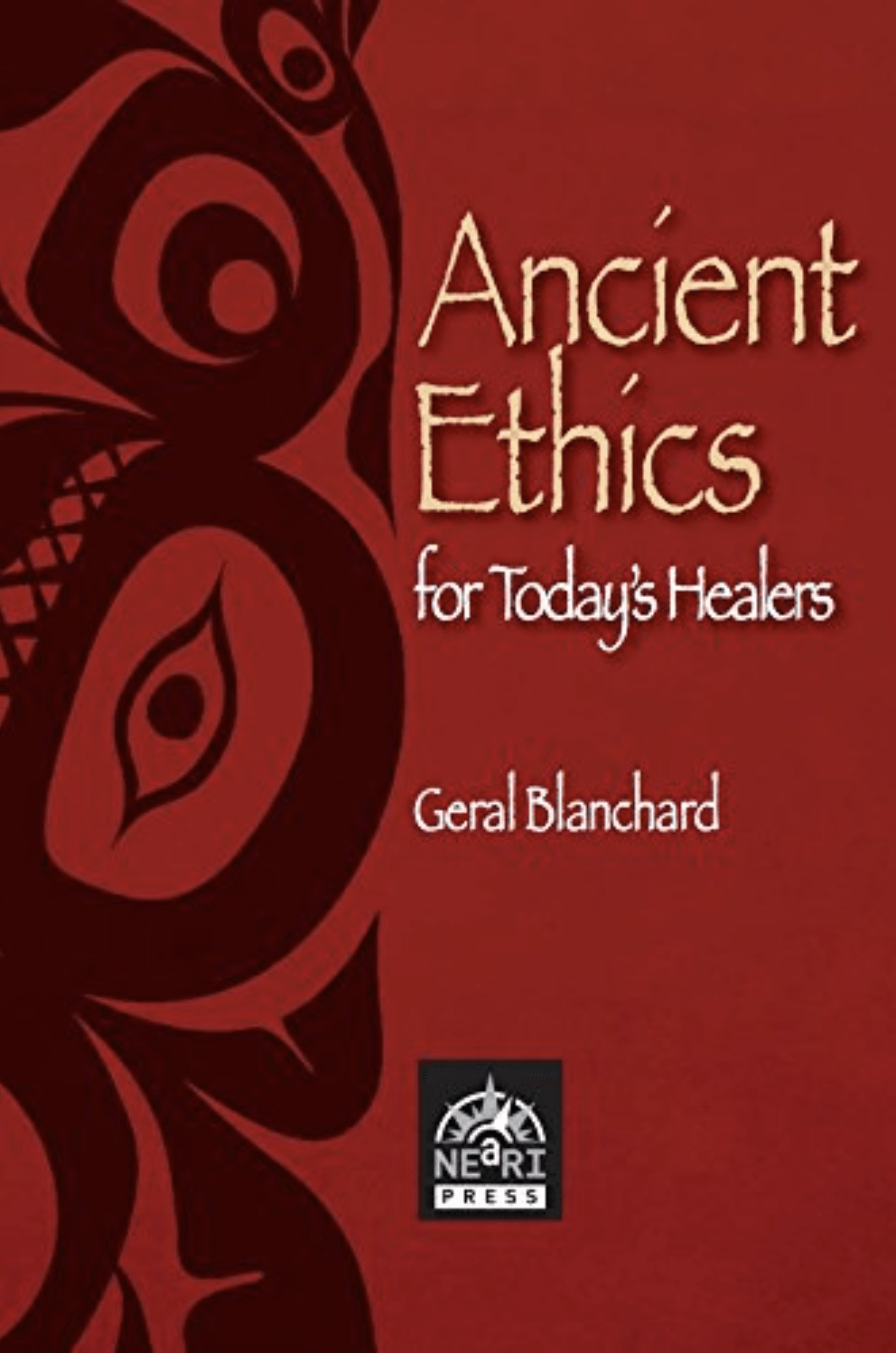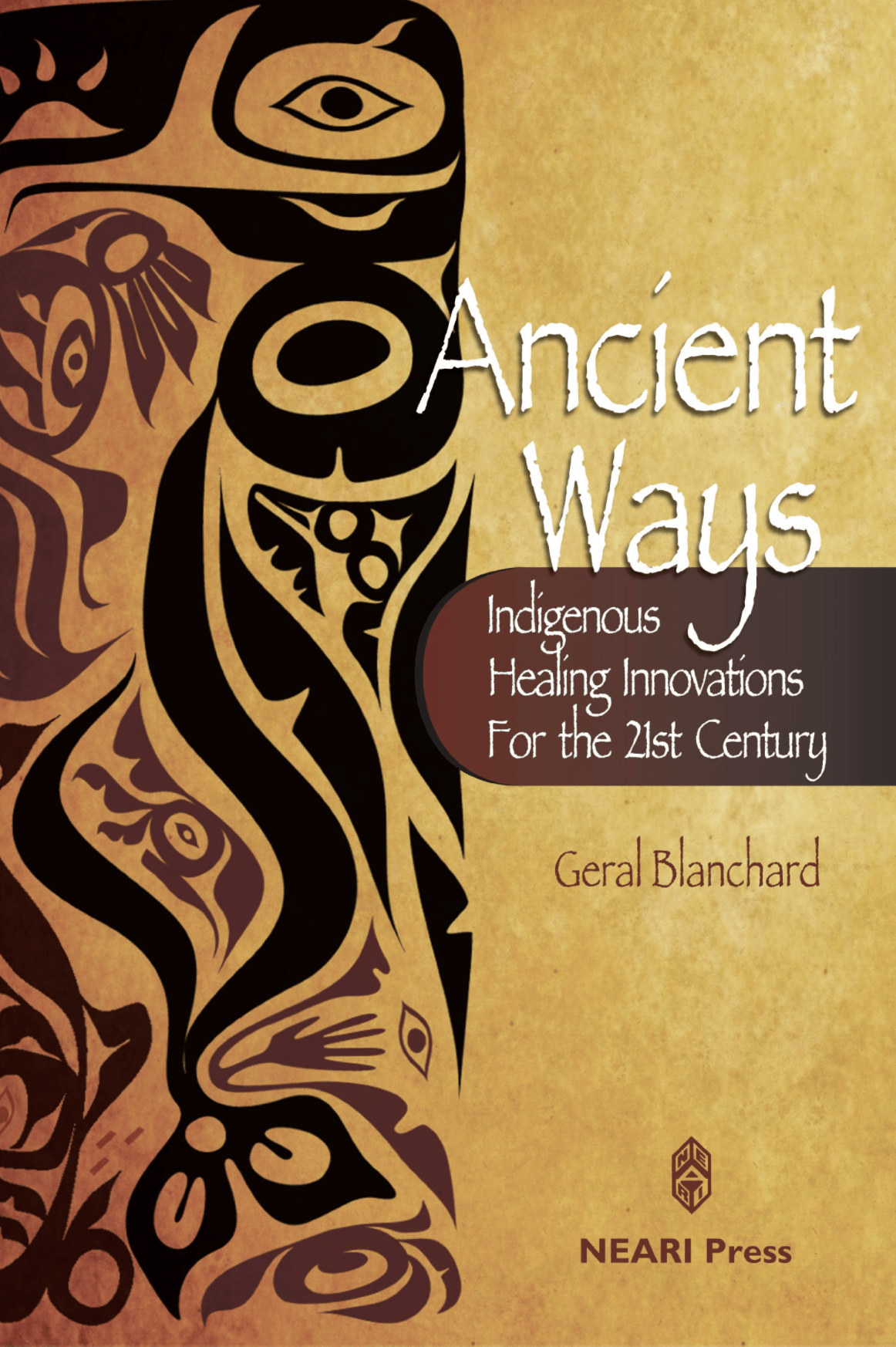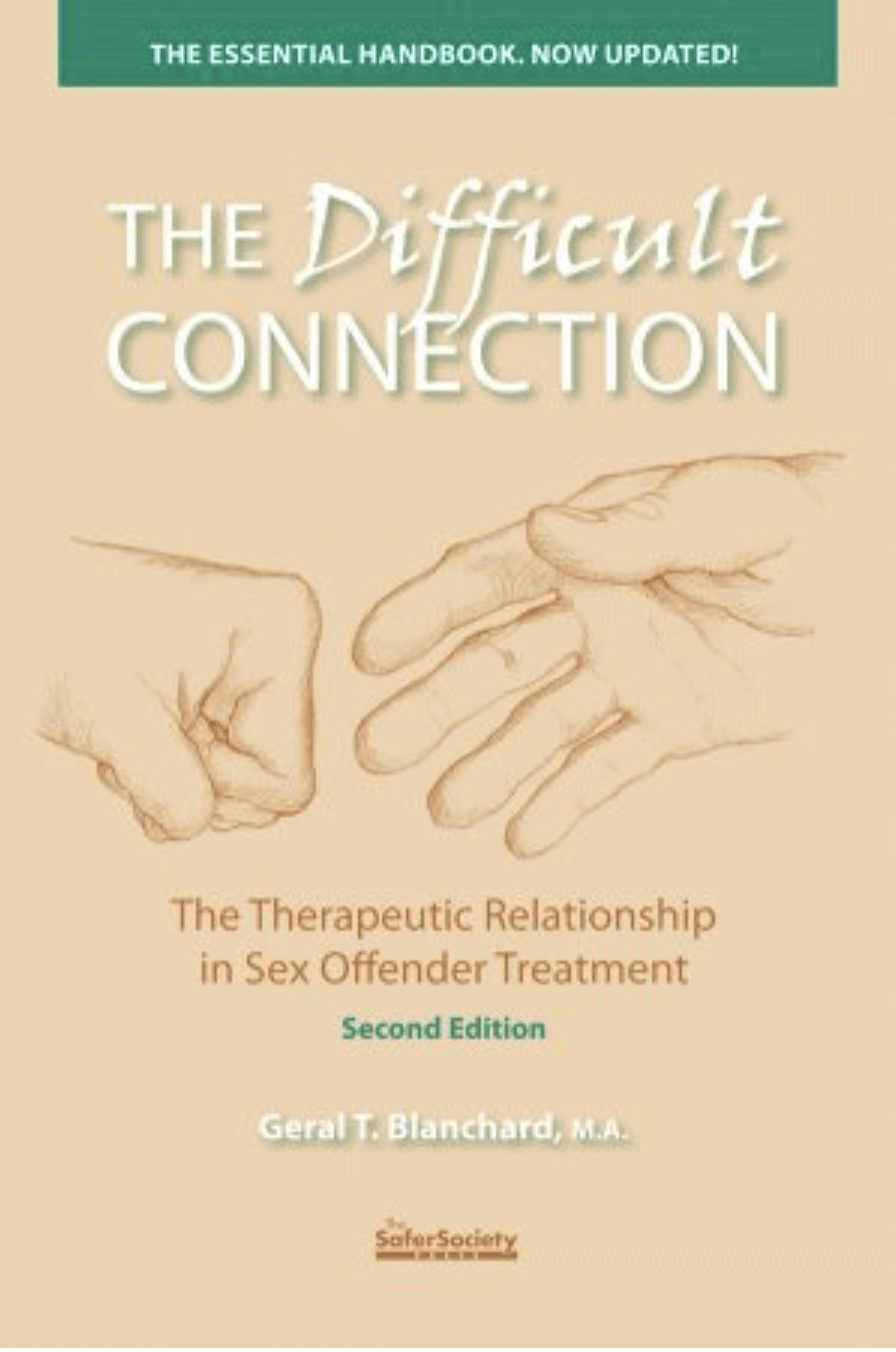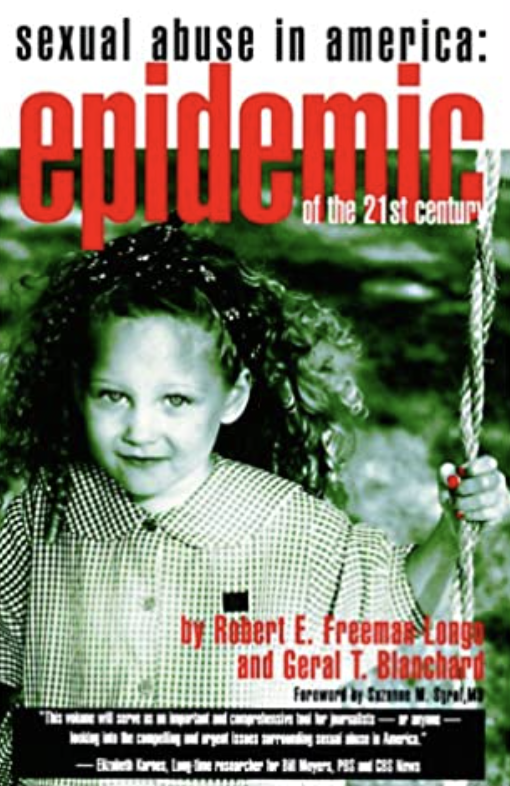Geral Blanchard, LPC, is a psychotherapist who is university trained in psychology and anthropology. Formerly of Wyoming and currently residing in Iowa, Geral travels the world in search of ancient secrets that can augment the art and science of healing. From Western neuroscience to Amazonian shamanism, he has developed an understanding of how to combine old and new healing strategies to optimize recovery, whether from psychological or physical maladies.
MDMA and Vibratory Medicine
What treatment is most effective in facing and overcoming trauma? Most of them!
More precisely, if a person, and better yet a community of people, believe in a purported trauma remedy, it will likely work.
Just like we used to believe wholeheartedly in SSRIs and SSNIs for depression and trauma, and later came to rely on EMDR and tapping, they all can and may still facilitate some change. But often reasons for their efficacy remain unclear or unproven. This despite the desire of psychologists to ensconce encouraging trends in unproven neurological theories rather than longstanding and well understood psychological phenomenon.
So what is it about EMDR and tapping, for example, makes them so popular? For starters, they can work, whether because of collective societal beliefs (placebo) or yet to be understood science. Allen, et al, in EMDR: A Closer Look explain that in what is called the desensitization stage of trauma recovery, patients are asked to focus partial attention on a bilateral rhythmic stimulation: a light bar, moving fingers, alternating tapping on the body, or alternating tones in stereo earphones. What is essential to its success is the dual activity, or the distraction when psychological trauma is being addressed. Divided attention, or distraction, much like watching virtual reality games during surgery without anesthesia, research reveals, can dramatically reduce fear and pain. Engaging in most any competing task while experiencing or upon recalling previous painful events can dramatically reduce associated discomfort.
So why is this? It all relates back to how animal minds and bodies evolved. All animals, including humans, have the innate capacity to dissociate (note I didn’t say disassociate, which is quite different) during scary or painful times. I have witnessed impalas doing it during lion attacks, when even a close call resulted in the impala collapsing as if dead, but only dissociating in what some call fear paralysis. Once the danger has passed, the impala gets up, “unthaws,” shakes and bucks vigorously, and then resumes life seemingly unscathed, all in minutes. They complete the trauma cycle rather than bury it or freeze it in the psyche and body.
Humans have similar trauma reactions as our animal relatives. We may “go away” or “punch out” during overwhelmingly scary and painful times. This can eliminate recall of the trauma. Sometimes, however, we only go away to a degree, what is referred to as
partial dissociation. When danger is passed we may have some residual conscious and some repressed memories that can result in post-traumatic stress or even post-traumatic stress disorder (PTSD). Fear impairs attention and full encoding of experiences; that’s a good thing. So while a person is fighting for their life, they may only be partially present for the trauma and experiencing
dual activities or
divided attention.
The innate abilities that helped us survive as a species today get repackaged by psychotherapists in new and somewhat different forms that are intended to distract us from a full, flooding recall of the trauma.
Doctors call this titration, in other words, a little bit of recall at a time is released until we get used to discussing the trauma and eventually integrating most of it into a new and positive life story of resolute perseverance and growth, what some of us now call post-traumatic growth (PTG).
So every decade or two Western medicine invents a new drug or a new technique that is designed to treat the sequelae (aftermath) of trauma – what is regarded as the “next best thing.” But what remains to be said about ancient evidence-based approaches? Zulu and Bushman tribes have long relied on vibrational energy, like Kundalini, to dislodge stuck energy from the body, which includes the brain.
A colleague, David Cumes, M.D., who is both a Western trained surgeon at Stanford, and a Zulu trained sangoma (shaman), has noted how shaking, dancing, and even convulsive waves going up the back and spine to the shoulder’s neck and head can release trauma’s hold on people. In one of his books, The Source, David wrote about the importance of blending one’s belief system (potential placebo) with Zulu inspired shaking, to commence the healing process.
In his latest book, The Transformation: Discovering Wholeness and Healing after Trauma, James Gordon, M.D., devotes an entire chapter to “Shaking and Dancing,” African sangoma/nyanga remedies. He sees perturbation -- the intentional disturbance of physical and chemical systems -- as a key to bringing to the surface, expressing, and then releasing buried feelings. He invites his patients to begin each day with vigorous movements, accompanied by music and drumming, to bring vibratory medicine from the feet, to the knees, the hips, and upward. For some people who have rarely, or never cried, this can unleash a torrent of healing tears.
Laughter, animal contact, community support, probiotics, amino acids, and yoga (particularly trauma sensitive yoga) to start, and eventually building up to vigorous movement and chaotic breathing, all can play a small part in dissolving related chronic physical and mental patterns, including those not arising from traumas. Vibration can be generated in many ways. And vibration can reset the body to healthier and lighter energy levels.
MDMA rituals and ceremonies, particularly when indigenously inspired, have repeatedly allowed individuals to relive and then integrate traumatic events with surprising ease. What seems to bring the trauma to the forefront of the mind just before commencing the medicinal treatment is the vibratory release of pent up energy. This can be done by singing, dancing, and vigorous shaking. Shake things up and then relax into healing. This will allow the medicine to better assist you in counseling yourself with greater empathy, compassion, and love in your heart.
**********
“Think of something that makes your heart glad that can bring you back to equanimity. The dark forces are most helpless in the face of love and laughter.”
- David Cumes, M.D. in The Source
“Ecstatic trembling and shaking are the natural expressions of a spirited body. They indicate a process of heightened arousal that contributes to the body’s way of bringing forth self-corrective healing, well-being, and transformation.”
- Bradford Keeney, Ph.D., anthropologist and expert of Bushman healing
“Indigenous wisdom knows that ‘to live is to move.’ To awaken from our deep slumber means our bones will be rattled, and we’ll be shaken to the core.”
- Malidoma Some’, author of
Healing Wisdom of Africa
*********
Additional Reading:
Shaking Medicine by Bradford Keeney, Ph.D.
Other Topics
Basics of MDMA
Rituals and Ceremony
Brain and MDMA
Trauma
Heart
Energy Movement
Quantum Physics
Native Cosmologies
Nature
Spirituality/Enlightenment
Kogi Tribe
Books written by Geral T. Blanchard
More Articles

